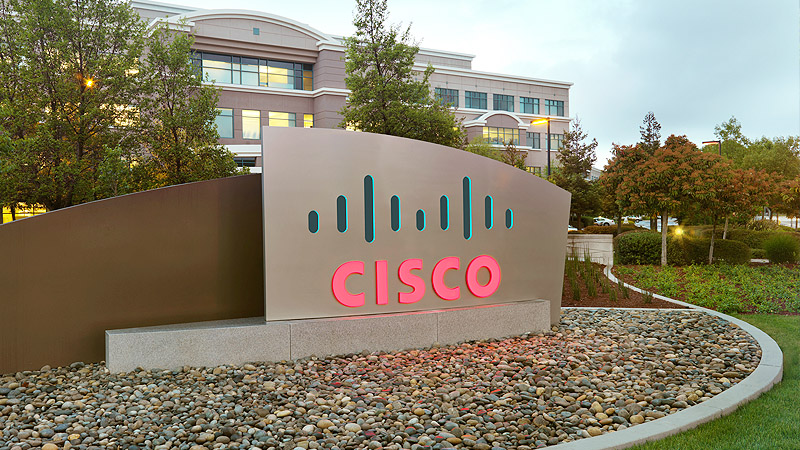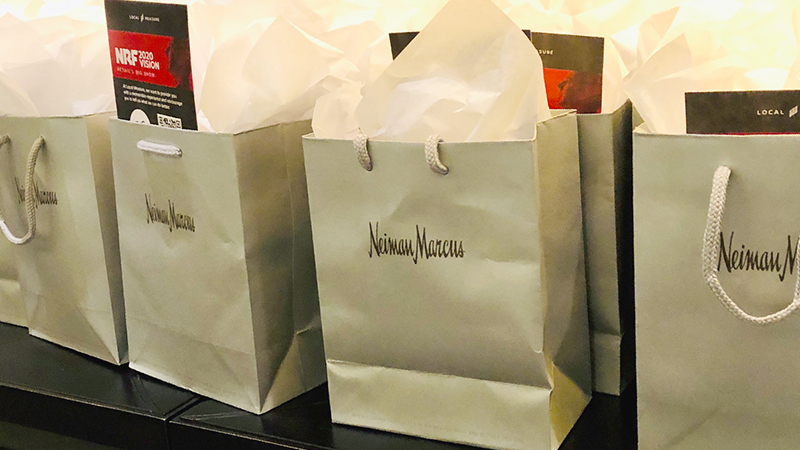SAN JOSE, Calif., April 23, 2007 - In an effort to help retail customers stay competitive and increase profitability by providing a rich customer experience, Cisco® today announced the results from its second annual e-commerce study. Scion, a marque from Toyota Motor Sales, U.S.A., Inc., ranked highest providing a stunning example of how to build a unique customer experience for the under-35 consumer. Scion edged out other retail giants such as Sears, Target, Circuit City and Wal-Mart. The study was conducted by Cisco's Internet Business Solutions Group (IBSG), a business strategy consulting group that works with clients around the world to transform the way they do business.
Forrester Research forecasts that online sales will reach $329B in the United States by 2010. The IBSG study provides a timely comparative assessment of 27 north American Web sites in three categories - Global 300, Web 15 and Innovators. The study focused on five distinct categories: ease of use, personalization, content, interaction and transactions. In addition, the survey looked at two different aspects of online shopping from a consumer's point of view. The first is foundational capabilities, which are non-negotiable "must have" characteristics including an intuitive graphical user interface, search capabilities, and the convenience of the purchasing process. Second is emerging capabilities, which are the more sophisticated aspects that add even greater value to the customer's experience, such as community and social networking and multi-channel integration.
"As retailers look to provide a more interactive, engaging experience and as video becomes more ubiquitous, retailers will start to use a YouTube- type approach to connect with and get closer to customers," said Mohsen Moazami, vice president of Cisco retail and consumer products. "We believe video is driving an increase in customer loyalty and profitability."
Newcomer Scion Leads the Pack
Scion, who was not part of the ranking last year, catapulted to the survey's #1 spot. Overall top 10 rankings include:
| 1. Scion | 6. Best Buy |
| 2. Sears | 7. Amazon |
| 3. Target | 8. Cabela's |
| 4. Federated | 9. Home Depot |
| 5. Circuit City | 10. Wal-Mart |
Scion, founded in 2003 to appeal to the growing number of Generation Y consumers, has emerged as a brand with 80% name recognition for young buyers. One reason for the spectacular success with their target market is the interactive and community-oriented nature of the Scion online experience. This includes:
- Clear customer focus - Scion has structured the site to meet the needs of its target market - what they drive, wear and listen to. Scion.com offers a boom box feature that enables users to listen to "Scion" music while they browse the site. Scion selects music from a roster of artists who reflect their customers' musical tastes. In addition, Scion offers concerts by these artists in venues across the U.S. - all concert information is offered on Scion.com.
- Sophisticated customization tools - Users can build their own car while on the site, selecting the model, transmission, exterior color, and available accessories which they can then save as "My Scion." Scion provides links to other sites that provide aftermarket options, enabling users to further customize their ride or purchase. The Scion site also has a complete financing section where buyers can calculate payments and even apply for a car loan.
- Integration between online and offline channels - Once a potential buyer has specified the model, color, and transmission, the details for their car can be emailed from the site to a local dealership. The dealership can then find that specific vehicle and arrange for the potential buyer to come in for a test drive.
- Social networking and community participation - Scion.com has a section of the site devoted solely to registered users, most of whom own Scions. Scion.com also offers customers the opportunity to have a one-on-one chat with a Scion Customer Experience representative. In addition, Scion sponsors a variety of special events for its customers throughout the country. In short, owning a Scion enables a buyer to become part of a community that feels like an exclusive club with a unique lifestyle that's supported through Scion.com.
Leading the way in the category of Foundational Capabilities are Scion, Sears, Target, Macys, Staples and Cabela's. The following are highlights in this category:
Foundational Capabilities
- Consistent use of Web navigation rules provides a user-friendly interface that's easy to navigate
- 96% of sites have an intuitive interface, while 75% have a simple, easy-to-navigate layout
- 44% display Security & Privacy assurances throughout the site
- Basic search capabilities are a given
- 96% of sites provide search by product category
- 82% enable search by item number
- 96% of sites recommend companion items at some point
- Retail sites use historical information to simplify the purchasing process
- 96% maintain purchasing history
- 78% enable users to save shipping information
- Basic integration of online and offline channels is inconsistent
- 56% provide an online link to a catalog
- 44% provide only a store locator feature
- 33% provide "What's in Store" detail
- Retailers recognize the value of allowing customers to register their preferences
- 75% of sites offer either gift registry or wish list capabilities, up from 52% last year
- Retailers generally make purchasing easy
- 90% enable users to track shipment status online
- 75% support redemption of online gift certificates/vouchers
- 60% provide check out in 5 clicks or less
- Returns are more challenging
- 45% require contact to initiate returns
- 41% require either a return authorization or provide no return packaging/instructions
In the category of Emerging Capabilities, the leaders are Scion, Sears, Amazon.com, Circuit City and SonyStyle. The following are highlights in this category:
Emerging Capabilities
- Most retailers have lagged in personalization
- 52% do not offer any proactive product personalization
- 52% do not support shopping in any language other than English
- 30 % support only one other language
- Content is being used to improve the online shopping experience
- 86% utilize some form of Video/TV during the shopping experience, up from 52% last year
- 70% enable price comparisons via use or site-defined criteria, up from 48% last year
- Only 26% provide music - primarily clips of downloadable songs
- Most retailers are not convinced of the value of Customer Interaction Tools
- 45% offer Click to Chat
- 37% provide Consult an Expert
- 22% offer Click to Talk
- Retailers are beginning to capitalize on Social Networking and Community functionality
- 67% provide a venue for Customer Reviews/Ratings
- 63% enable some form of Shop with a Friend
- 41% offer moderated Message Boards
- 89% offer some product virtualization/customization via guided shopping tools
- 48% offered similar functionality in 2005
- Despite progress, the multi-channel experience is far from seamless
- 48% don't provide any form of in-store pick up
- 30% proactively offer store returns
While foundational elements have remained relatively constant year over year, innovators are upping the ante by connecting more closely with customers than ever before. This close connection enables them to provide a differentiated customer experience as a result of advanced capabilities, such as video.
Extending the consumer point of view assessment, each website was evaluated from an "outside in" perspective. The assessment focused on Ease of Use, Personalization, Content, Interaction and Transaction, considering nearly 70 discrete attributes. Items were purchased on each site so that back-end processes could also be benchmarked, including shipping, billing, returns processing, and crediting.
Cisco Systems IBSG works across multiple industries to align business objectives with business process, technology, competitive strategies and culture to deliver a tailored vision and roadmap for success. As organizations are charged with increasing revenues and productivity, IBSG works with them as they advance their business models to focus on customer experience. The study is available online at
http://newsroom.cisco.com/dlls/2007/eKits/Retail_EChannel_Experience.pdf



